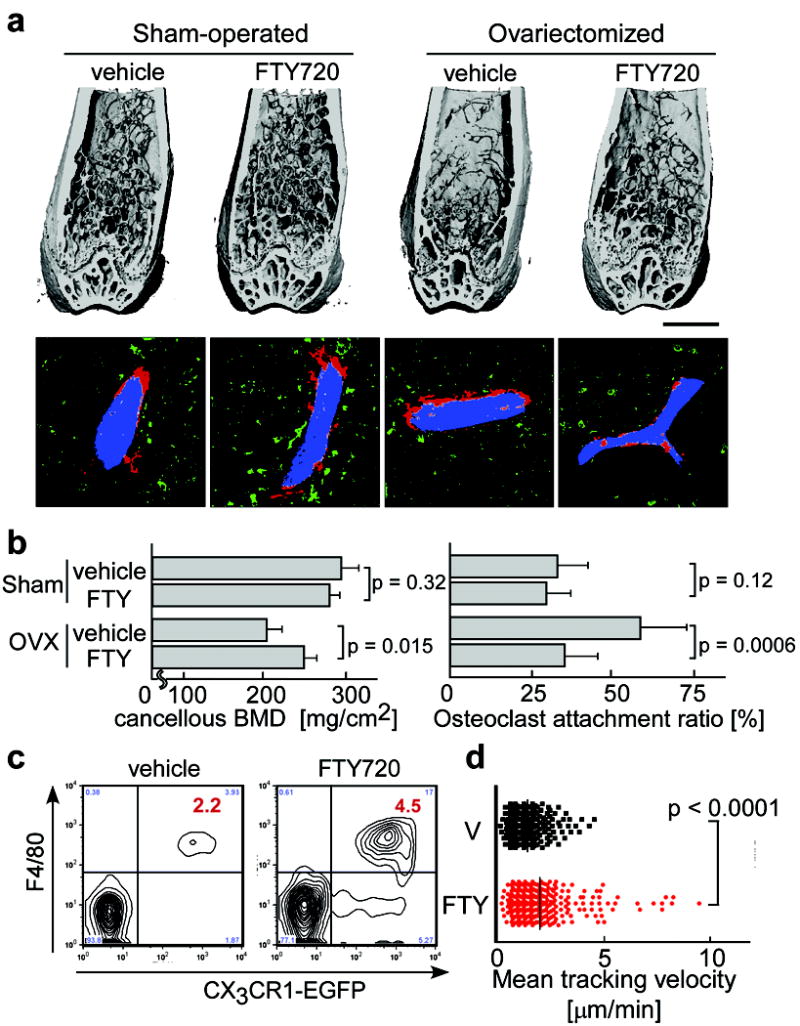Figure 4. Preventive effect of FTY720 on ovariectomy-induced osteoporosis.

a, Effect of FTY720 on bone mineral metabolism. Femurs were collected from mice after four different treatments; sham-operated / vehicle treated, sham-operated / FTY720 treated, ovariectomized / vehicle treated and ovariectomized / FTY720 treated. Bone samples were analyzed by cone-beam μCT (upper panels) and by histological examination combined with computational quantification for measuring the osteoclast attachment ratio to the bone surface (lower panels) (see Supplementary Fig. 5). Scale bar (upper panel) represents 1 mm. b, Summary of the data of cancellous bone mineral density calculated from μCT images (left panel) and of osteoclast attachment ratio (right panel). Error bars represent SEM. n = 3 (left panel) and n = 20 (from 3 mice) (right panel) for each. c, Effect of FTY720 on the composition of peripheral mononuclear cells (PMC). PMC collected from CX3CR1-EGFP knock-in mice administered vehicle or FTY720 were stained with anti-F4/80 (Alexa647). Absolute numbers of CX3CR1-EGFP+ F4/80+ cells [/105 ml of peripheral blood] are described in the panels. d, Effect of FTY720 on the mobility of CX3CR1-EGFP marked cells. Summary of mean tracking velocity of CX3CR1-EGFP positive cells treated with FTY720 (red circle) or vehicle (black circle). Data points (n = 246 for vehicle and n = 339 for FTY720) represent individual cells compiled from 4 independent experiments. Intravital two-photon images of mouse skull bone tissues of heterozygous CX3CR1-EGFP knock-in mice treated with FTY720 are shown in Supplementary Video 7.
